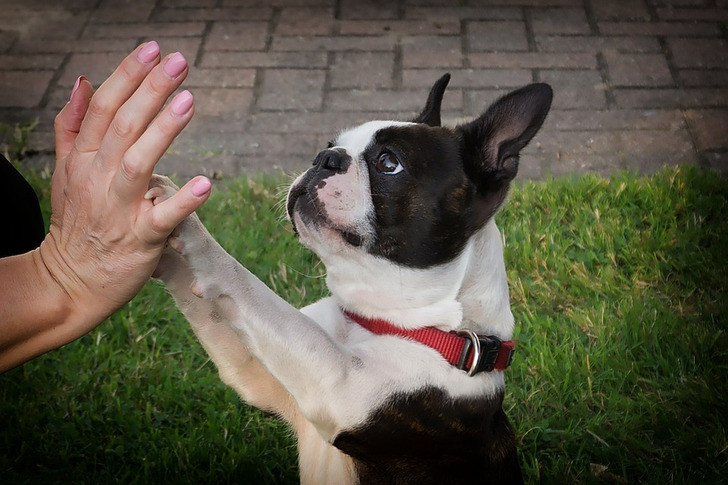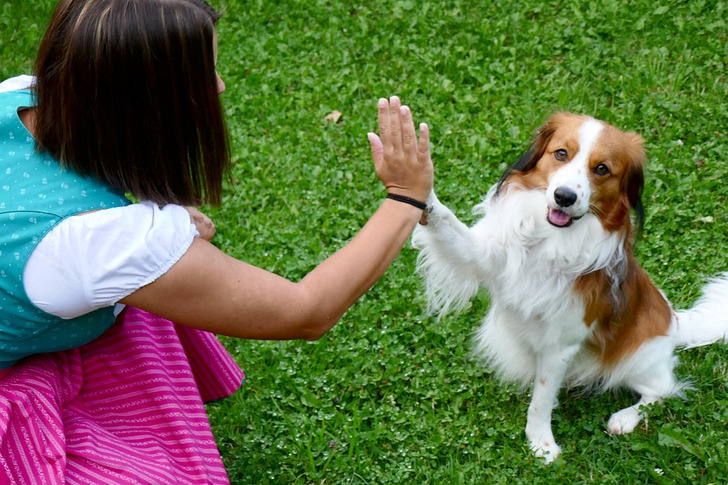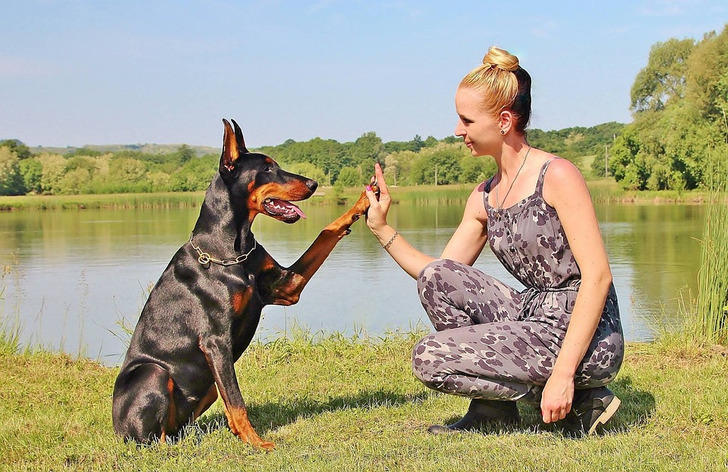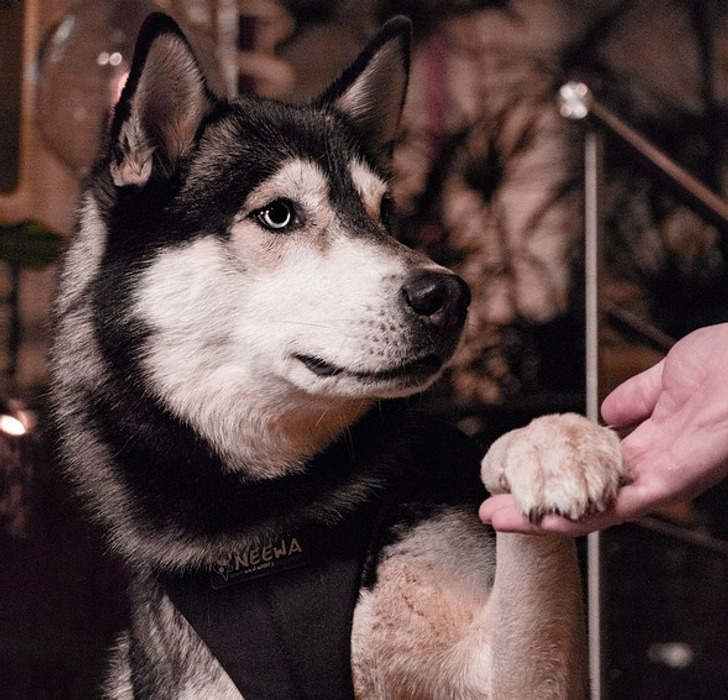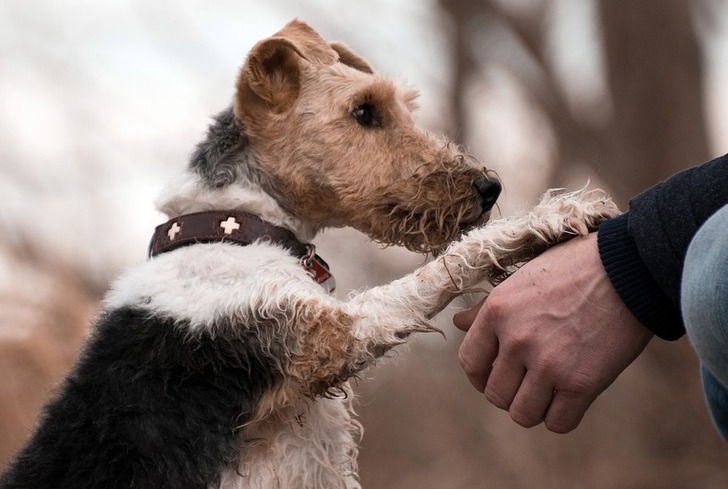l use my left hand to hold chopsticks and right hand for writing since l was young
Dogs Can Be Right-Pawed and Left-Pawed, According to Science
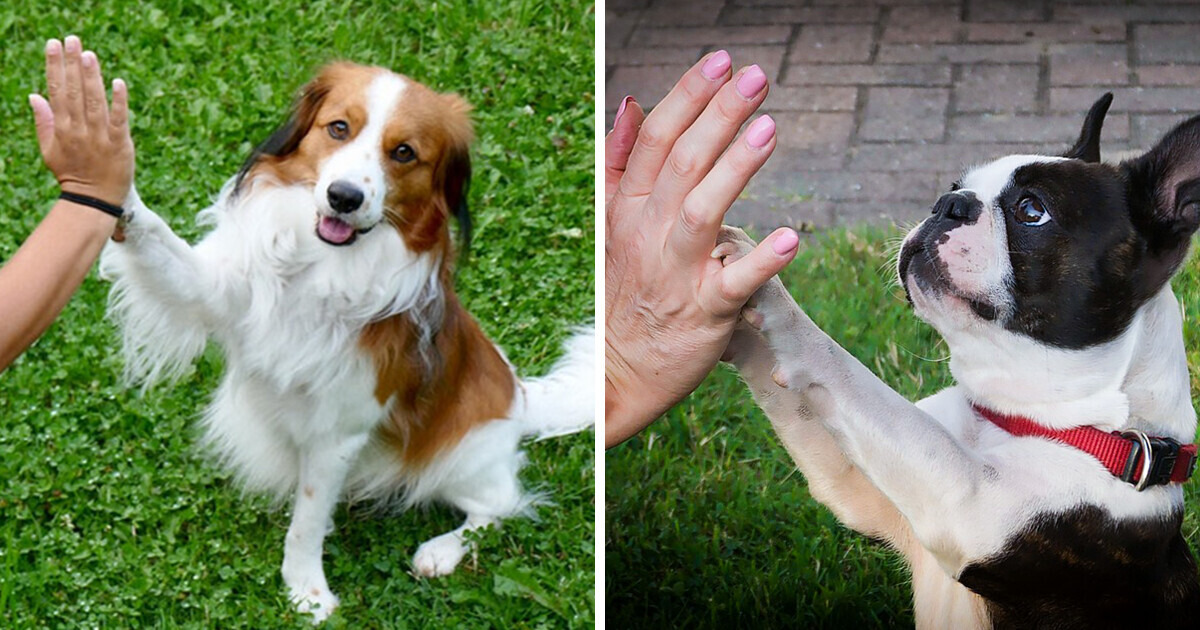
Most people use one hand for most things, usually their right one. About 90% of people are right-handed, while 10%-13% are left-handed. Men are more likely to be left-handed than women, and very few people can use both hands equally well. But as surprising as it may sound, our 4-legged friends can also be lefties or righties, and we have an explanation for you.
As it turns out, we share one more similarity with dogs.
Until recently, it was believed that the concept of “handedness” was exclusive to humans, but recent studies on animals suggest that it may be a common feature among mammals. However, it’s still unclear how this is manifested in animals and whether it’s similar to human handedness.
And yes, they do prefer one paw over the other.
Scientists have conducted various tests to determine if domestic dogs have a preferred right/left paw, similar to human handedness. These tests include tasks such as stabilizing a toy, reaching for food, removing an object from the body, and recording the first step taken to walk downstairs or the paw given to a person upon request.
The results of studies using these tests have shown some variations. However, recent research that analyzed multiple studies concluded that dogs are more likely to prefer using one paw over the other (paw preference) rather than being ambidextrous (able to use both paws equally well) or showing no preference.
Unlike humans, paw preference appears to be roughly evenly split. Therefore, it’s specific to the individual rather than the population.
It’s important to note that studies have shown that paw preference may vary depending on the task given. For example, the “Kong ball” task, where the animal has to stabilize a cone-shaped ball, usually results in roughly equal numbers of left-pawed, right-pawed, and ambidextrous responses.
However, the “giving a paw” task, which involves training and repetition, generates more paw-preferred responses than ambidextrous ones. This suggests that paw preference may be affected by task complexity and training factors.
Paw-preference is different for males and females.
Multiple studies have found significant differences in paw preference among male and female dogs. Female dogs are more likely to use their right paw, while males are more likely to use their left paws. This difference in paw preference between male and female dogs has also been found in other non-human species, such as domestic cats.
Paw preference may also be related to the animal’s emotional state.
Recent studies have shown a correlation between paw preference and emotional reactivity in dogs. The research indicates that left-pawed dogs tend to be more “pessimistic” and are slower to approach an empty food bowl placed in an ambiguous location during a cognitive bias test than right-pawed or ambilateral dogs. Additionally, dogs with weaker paw preferences have been found to react more strongly to the sounds of thunderstorms and fireworks than dogs with stronger paw preferences.
Do you have a puppy? Have you tried to understand whether your dog is a lefty or a righty? We hope this article can help you to find it out. Don’t forget to let us know about your dog in the comments!
Comments
Related Reads
13 Tweets About People Who Have Enough Creativity to Keep Surprising Us

11 Things That Suddenly Became Popular Thanks to Movies

20 Real-Life Stories That Are More Chilling Than a Stephen King Novel

I Refuse to Let My Sick MIL Live With Us—I’m Not Her Free Caregiver

I Cut Off My Parents After They Tried to Manipulate Me With My Inheritance — and the Truth Came Out

I Refused to Bake My Sister’s Wedding Cake for Free

12 Moments That Prove Kindness Still Wins in a World That Turned Cold

I Refused to Help My Sister Save Her Dying Kid, My Money Isn’t a Family Tradition

12 Coworker Tales So Crazy, They Could Be a Blockbuster Series

I Trusted My Stepdaughter With My Dog—What Went On Still Makes Me Shiver

25 Times Kindness Became the Proof We’re Still Human

I Refuse to Forgive My Biological Mom, but My Dad Pushes Me to Do It

